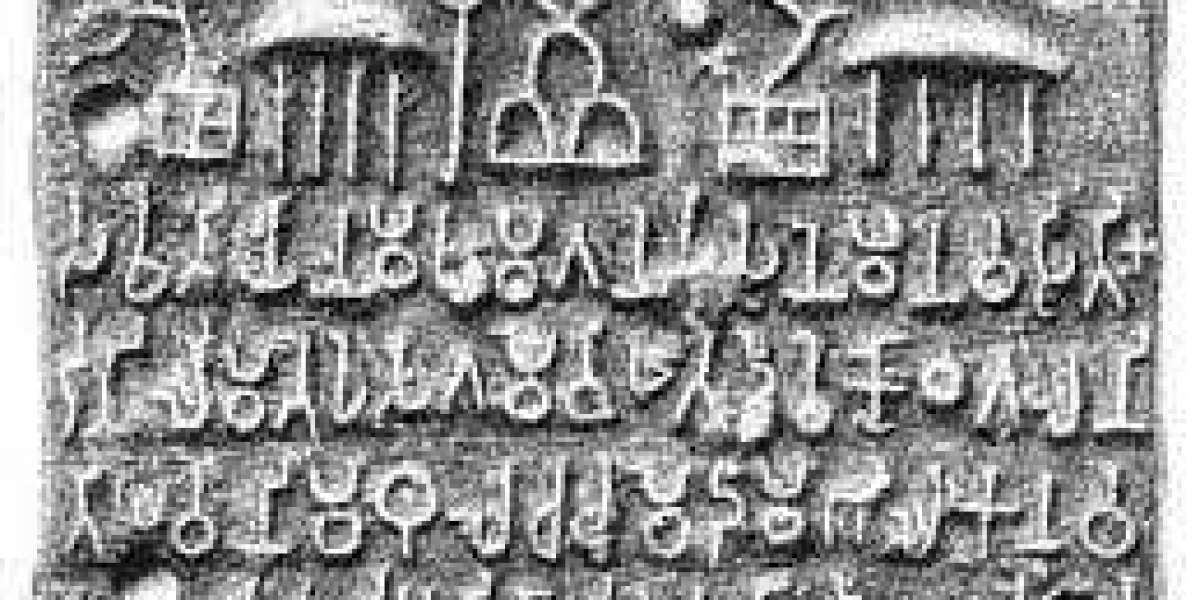The history of writing in India is virtually synonymous with the history of the Brahmi script and its derivatives. The Brahmi script appeared in the third century B.C., as a fully developed pan-Indian national script and continued to play this role throughout history, becoming the parent of all of the modern Indic scripts both within India and beyond. The name Brahmi is used loosely, as a matter of convenience, by modern scholars to refer to the Ashokan scriptand to its varieties and earlier derivatives until about the end of the Gupta period in the sixth century. D.C. Sircar broadly categorises the stages of development into “early”, “middle” and “late brahmi” periods. A.H. Dani, however considers such dynamic terminology misleading and prefers to use only regional and geographical categories. The origin of the Brahmi script is one of the most problematic and controversial problems in Indian Epigraphy. Most opinions on the question fall into one of two camps: the proponents of an indigenous Indian origin for Brahmi; and those who see it as a borrowing or adaptation from some non-Indian prototype. The earliest accepted examples of this script are still the pillar and rock inscriptions of the Mauryan emperor, Ashoka, dating to the middle of the 3rd century bc.
THEORIES OF INDIGENOUS INDIAN ORIGIN
Some early scholars, most prominent among them Alexander Cunnigham, proposed theories of the origin of Brahmi from a pictographic-acrophonic system based on the model of Egyptian hieroglyphic writing, wherein, for example, the Brahmi letter kha would be derived from a pictorial representation of a hoe or mattock by association with the root khan 'to dig'. Other early speculative theories attributed the origin of Brahmi in the protohistoric period to various “races”, such as the Dravidians or the “enlightened Aryans”. Somewhat more sophisticated than these superficial theories are the arguments of G.H Ojha in BPLM, who was highly critical of Buhler’s Semitic Derivation and was inclined to doubt any foreign derivation, though he avoided denying the possibility altogether. Owing to a similarity between a number of Brahmi letters and earlier Semitic ones, he advanced the theory that the former could be derived from the latter. R.B. Pandey argued more categorically in favor of an indigenous origin, concluding the Brahmi characters were invented by the genius of Indian people who were far ahead of other peoples of ancient times in linguistics and who evolved vast Vedic literature involving a definite knowledge of alphabet. Several scholars have proposed that the presumptive indigenous prototype of Brahmi script must have been the Indus Valley script or some unknown derivative thereof. This possibilty was first proposed by S. Langdon in 1931, supported by G.R. Hunter, and endorsed by several later authorities, most significantly by D.C. Sircar. It is all too easy, given the large number of characters in the Indus script to find superficial connections between similar shapes of some characters in the two scripts, but these are of little value unless and until the Indus script itself is convincingly deciphered and the alleged graphic similarities can be correlated to phonetic values. All such claims are unconvincing Richards says. There is, however, at least one feature of the Indus script which could in fact indicate a systemic connection with the historical scripts of India. The former script has a large number of what appear to be compounded and/or diacritically modified forms of the basic characters, which are reminiscent of the characteristic patterns of the Indic scripts of the historical period. Hunter hypothesised that this system functioned to indicate, among other things, vowel variations, exactly as in Brahmi, and ventured to directly derive some of the Brahmi vowel diacritics from Indus Valley signs. He also pointed out a possible relationship with the Brahml system of conjunct consonant formation. These parallels are certainly intriguing, and could actually reflect some historical connection, direct or indirect, between the scripts. Nevertheless, in view of the still undeciphered status of the Indus script and the huge chronological gap between it and the earliest attested scripts of the historical period, it would be premature to try to explain and evaluate the significance of the apparent typological similarities. Recently several writers have put forth theories to the effect that Brahmi was purposefully invented ex nihilo in or around the time of Asoka. S. R. Goyal, for example, argued that the phonetically logical structure, primary geometric forms, and geographical uniformity of early Brahml show that it was "an invention of the grammarians" of the time of Asoka. Similar arguments were presented by T. P. Verma, who proposed an origin in Buddhist circles. N. P. Rastogi, in Origin of Brahmi Script, offered a purely formal presentation of "the origin of the strongest point in favor of the invention theory is the stiffly symmetrical, geometric appearance of Asokan Brahmi, which does indeed give the impression of an arbitrarily created script. the Brahmi script from the geometric signs in the Vedic period". Asokan Brahmi as we have it could be a formalized monumental version of a preexisting script of more cursive aspect. Moreover, despite its superficially regular and standardized appearance, closer analysis reveals variations in individual letter forms and systemic features which are suggestive of a reformed version of a preexisting script.
THEORIES OF NON-INDIAN (SEMITIC) ORIGIN
James Prinsep, the decipherer of Brahmi , was the first to suggest a possible connection between Greek and the ancient Indian scripts. This relationship was reversed by K. Ottfried Muller, who proposed that Brahmi was derived from Greek after the invasion of Alexander the Great. Although the theory of Greek origin won some early followers, it had fallen out of favor until recently, when it was revived by Falk in SAI. Falk, influenced by the arguments of Halevy, sees Brahmi as an intentional creation of the time of Asoka, created on the model of Kharosthi and Greek. Thus although it is possible that Brahmi was influenced by Greek in the formation or development of its superficial aspect, the evidence for an underlying role in the formation of the script itself is not strong. earlier, Falk, influenced by Halevy, saw Brahmi as essentially based on Kharosthi with a strong secondary influence from Greek. An apparent relationship between Brahmi and the ancient South Semitic scripts was noted by several early scholars who noted similarities between certain Brahmi letters and the corresponding characters of the Himyaritic inscriptions of South Arabia. A South Semitic prototype for Brahmi was first proposed by Frangois Lenormant in 1875,64 and at greater length by W. Deecke in 1877. Von Hinuber has recently proposed a thought-provoking discussion of the relations of kharosthi and Brahmi and concludes that the invention of Brahmi took its Semitic elements from the already adapted Kharosthi, perhaps not earlier than the time of Ashoka. The earliest evidence of writing in Sri Lanka has been the Brahmi inscriptions recording the donations of caves to the Sangha. Recent excavations at the Sri Lankan site of Anuradhapura, the capital of Devanampiya Tissa, have provided evidence of Brahmi dating to the beginning of the 4th century BC. Thus has enabled a reassessment of the traditionally accepted theories and allows us to suggest fresh hypotheses for its development and spread in South Asia.








